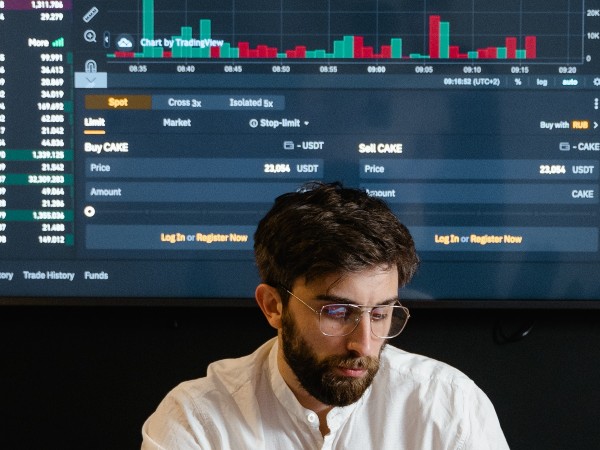Tough to predict loan growth this fiscal till October: Chandra Shekhar Ghosh, CEO, Bandhan Bank
[ad_1]
Read More/Less
A third wave of Covid-19 would be a challenge for microfinance customers and would defer some of their loan demands, according to Chandra Shekhar Ghosh, managing director and CEO of Bandhan Bank. Ghosh tells Mithun Dasgupta that during the first quarter of this fiscal, the bank’s average loan size for microfinance customers declined compared to same period last fiscal. Edited excerpts.
During the first quarter this fiscal, Bandhan Bank’s Emerging Entrepreneurs Business (EEB, erstwhile microbanking segment) portfolio grew 12% year-on-year. Going forward, what is the loan growth scenario in this segment?
During the first Covid-19 wave in the last financial year, [there was business growth] in the fourth quarter … around 20% year-on-year. In this financial year, though the second wave was more severe than the first, we have [seen] this kind of growth during the first quarter. If [there is no third wave] in the current quarter, loan growth will not be very different from that of last year. If the third wave comes during this period, it would be a challenge for customers and it would defer some of the loan demands. Because … business owners can absorb two challenges, but would be scared if they continue to face more. I feel that until Durga Puja [in October], it would be tough to comment on loan growth in this financial year. But we are very positive on the basis of the current situation.
Are you providing fresh loans to new microfinance customers? And, what about the average loan ticket size?
As a bank we cannot say no to [a new customer]. But during the pandemic, fresh lending to new customers is not happening as much as in normal times. Now, we have stricter lending criteria for new customers. During the first quarter, average loan size came down compared to same period last fiscal.
In the EEB segment, collection efficiency for Q1FY22 stood at 86%, excluding NPA. What is the situation now?
If you see our total collection amount and demands for EEB portfolio, actual collection efficiency stood at 98%. That means customers who have arrears have also started repaying the amount. It is a good sign for the bank. Collection efficiency will improve day by day with the help of customers. We hope it will normalise soon.
In the first quarter this fiscal, gross slippages stood at Rs 1,661 crore, out of which Rs 1,036 crore were from the EEB portfolio. As the bank saw gross slippages come down quarter-on-quarter, do you expect them to reduce further in the second quarter?
We cannot predict slippages for Q2, given the current situation. If some slippages happen, it would not be a cause for worry for our bank when I see the collection efficiency increasing. In the first quarter, we saw around 74% and 84% of our NPA customers and restructured customers, respectively, were paying.
At the end of Q1FY22, the bank’s collection efficiency in Assam stood at 67%. Has it improved since then?
Assam is very different today. When the entire country is open, mainly Assam and Kerala are in complete lockdown. Assam is experiencing a severe second Covid-19 wave and many districts are totally closed. We have no loan exposure in Kerala.
What is the update on the special one-time relief announced by the Assam government to microfinance borrowers?
The state government have very clearly announced that it is not a debt waiver and emphasised the importance of maintaining good credit discipline. That is a very strong and positive message to customers. The government, however, has not mentioned the timeline for implementing the scheme. We are waiting for that. I hope that the government is working on it.
Get live Stock Prices from BSE, NSE, US Market and latest NAV, portfolio of Mutual Funds, Check out latest IPO News, Best Performing IPOs, calculate your tax by Income Tax Calculator, know market’s Top Gainers, Top Losers & Best Equity Funds. Like us on Facebook and follow us on Twitter.
![]() Financial Express is now on Telegram. Click here to join our channel and stay updated with the latest Biz news and updates.
Financial Express is now on Telegram. Click here to join our channel and stay updated with the latest Biz news and updates.
[ad_2]












